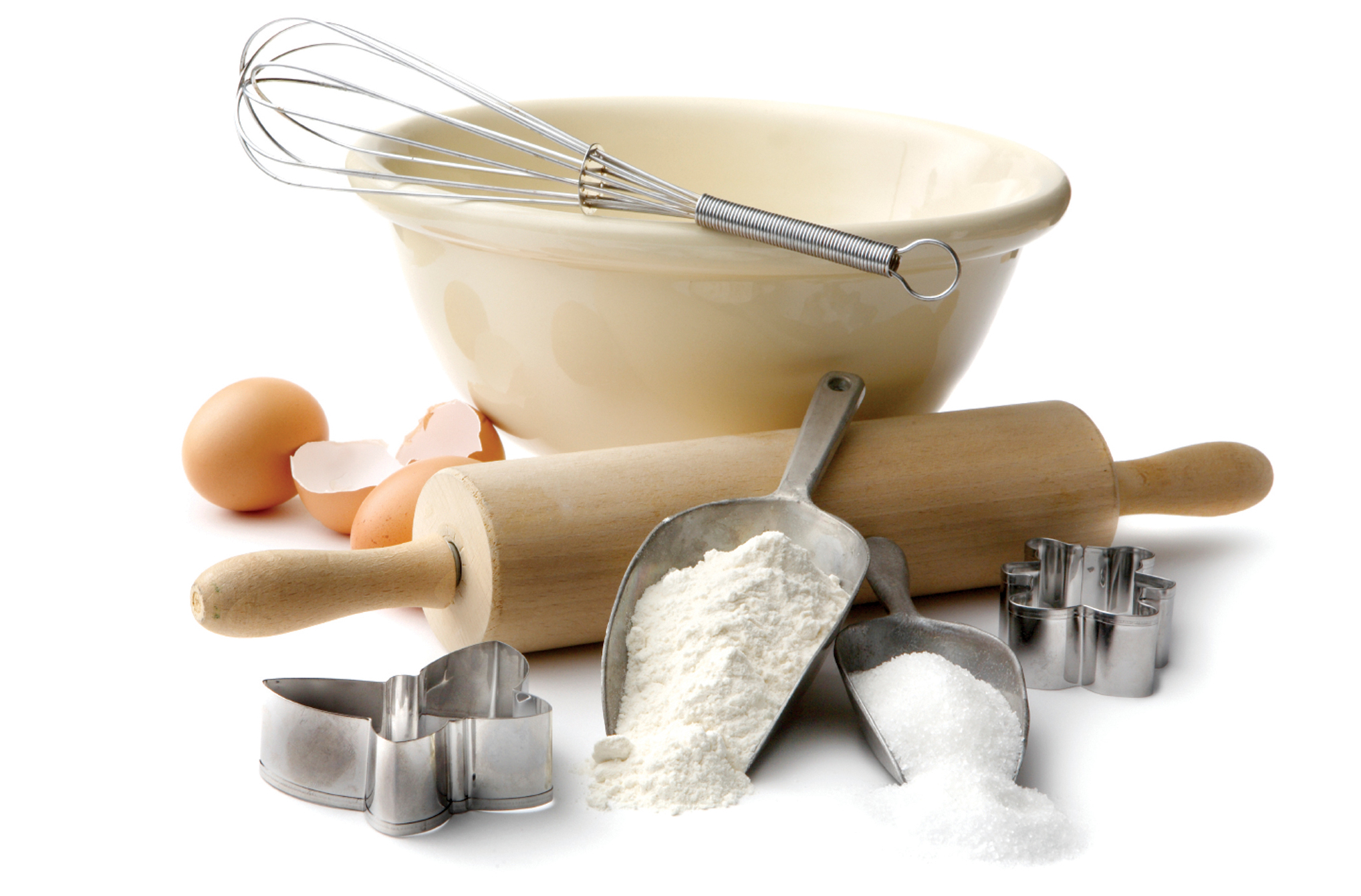
Gold, Melanie. "Baking Basics." Digital Image, Lehigh Valley Marketplace. Lehigh Valley Marketplace, n.d. Web. 18 Apr. 2015.
Through application in cooking, one
can physically take note of the processes and changes that
transform a system by adding heat and energy. As such, the
finer points of baking a Cheesecake will be associated with
the thermodynamic processes after first defining: the laws
that govern the movement of heat through a system, the
variables by which these laws are conveyed, the different
processes that take place according to which variables are
held constant, the methods by which heat transfers and the
material properties associated with them, before finally
idealizing how the material properties of the ingredients
used affect the overall baking process to develop the
dessert that graces the dinner table, birthday party, or
afternoon brunch.
| Introduction |
Key Distinctions |
The Governing Laws |
Thermal Processes |
Methods of Heat Transfer and
Material Properties |
The Physics of
Cheesecake |
Bibliography |